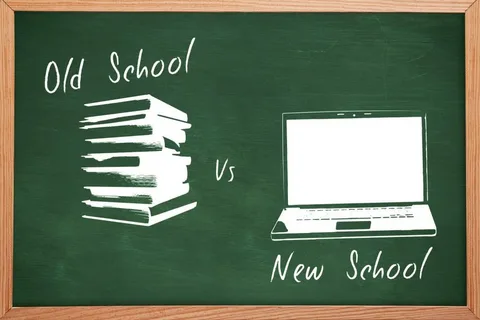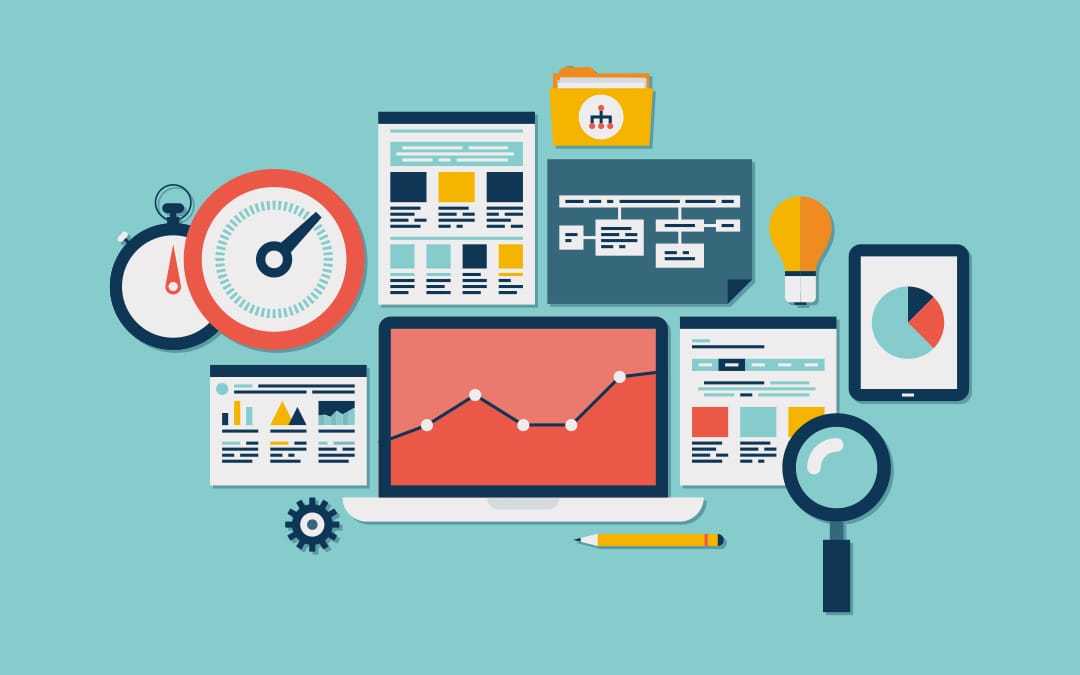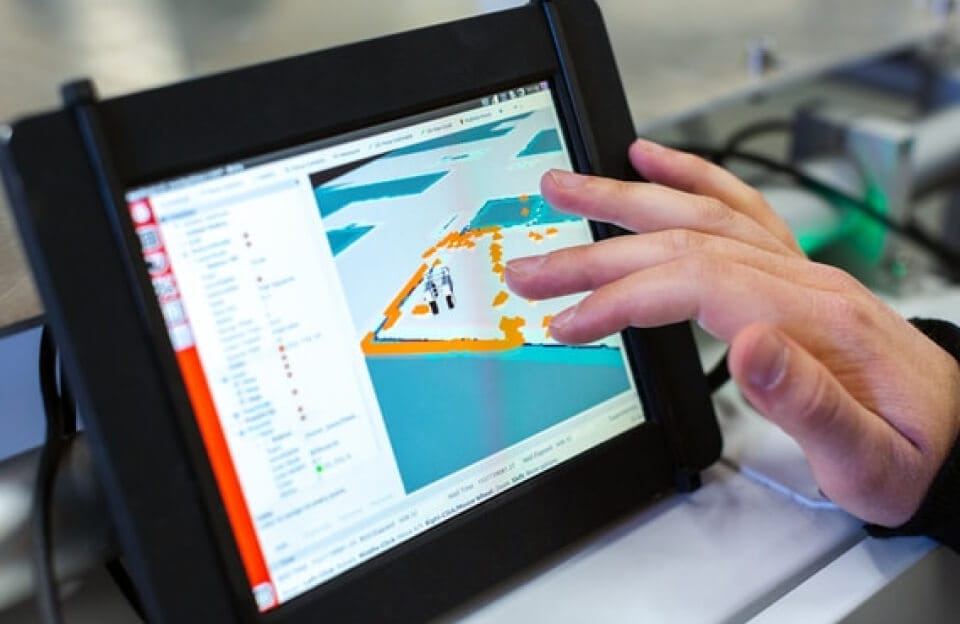Software testing has come a long way from the days when it was just a matter of running some code and hoping for the best. As we sail through 2024, testing isn’t just about finding bugs; it’s about ensuring software quality in a way that’s faster, smarter, and sometimes a bit more entertaining.Software testing is not only one of the oldest but also one of the most significant processes regarding software development, which has been used for many years. It is a preventive measure against unintended application behavior and proof of functionality and quality. With time, the fundamental principles and techniques of testing have been continually revised and developed. Evolution means greater software system complexity, quicker development cycles, and increased reliability. In this blog, we are going to look into the software testing services history, starting from its manual stage, passing on to automation, bringing up major milestones, changes in approaches, and, upcoming tendencies.
Old School vs. New School

Remember when software testing meant spending hours clicking through every feature and noting down bugs on paper? Those were the days! Fast forward to today, and testing has evolved into a high-tech game where automation, AI, and new methodologies play key roles.
Old School Testing: Think of it as your grandma’s recipe book—classic, reliable, but a bit dated. Manual testing involved testers running through every feature, essentially playing a game of “Will it break if I click here?”
New School Testing: Enter the digital age. Now, it’s more like using a high-tech kitchen gadget that measures out ingredients for you while you sit back and relax. Automation tools and AI have transformed testing into a sophisticated process where machines handle repetitive tasks and analyze data faster than you can say “bug fix.”
Testing Techniques for 2024
- Automation Testing
- Automation testing isn’t new, but it’s definitely matured. In 2024, it’s all about using sophisticated scripts and tools to test software with minimal human intervention. Imagine having a robot that never gets tired or bored—sounds great, right? This is what automation tools like Selenium, TestComplete, and Cypress aim to be. They run tests tirelessly and can execute thousands of test cases in a fraction of the time it takes a human. Plus, they don’t need coffee breaks!
- AI-Driven Testing
- AI is the rockstar of modern testing. It learns from past data to predict where bugs are likely to pop up, making testing more proactive rather than reactive. Think of AI as the Sherlock Holmes of software testing, sniffing out bugs before they even make an appearance. Tools like Testim and Applitools use AI to analyze your application’s UI and detect anomalies that might escape the human eye. If only AI could solve mysteries like why socks disappear in the laundry…
- Continuous Testing
- Continuous testing is like having a personal trainer for your software. Instead of waiting for the final build to be tested, continuous testing involves running tests throughout the development cycle. This means catching bugs early and often—like finding out your workout isn’t going well right after you start, rather than when you’re halfway through. Tools such as Jenkins and GitLab CI/CD are great for integrating continuous testing into your development pipeline.
- Performance TestingPerformance testing ensures your software doesn’t crash under pressure, much like checking if your car can handle a road trip without breaking down. Tools like JMeter and LoadRunner help simulate heavy loads to see how your software behaves. It’s like making sure your website doesn’t turn into a digital pile-up during peak traffic times. After all, no one wants their app to be slower than dial-up internet.
- Security TestingWith the rise in cyber threats, security testing is more critical than ever. Think of it as hiring a security guard to protect your digital assets. Tools like OWASP ZAP and Burp Suite scan for vulnerabilities and ensure your software isn’t an easy target for hackers. Because let’s face it, no one wants their app to be the digital equivalent of leaving the front door wide open.
Tools to Keep an Eye On
In 2024, several tools have emerged as front-runners in the software testing space. Here’s a quick roundup:
- Selenium: The classic tool for automating web browsers. It’s like the Swiss Army knife of testing tools.
- Testim: Uses AI to make automated testing smarter and more efficient.
- Applitools: Specializes in visual testing, making sure your UI looks just right across different devices.
- JMeter: Ideal for performance and load testing. Think of it as a stress test for your software.
- OWASP ZAP: A free, open-source tool for finding security vulnerabilities.
Wrapping Up
The evolution of software testing in 2024 is nothing short of remarkable. We’ve gone from manual click-fests to sophisticated, AI-driven processes that make testing more efficient and effective. It’s like moving from a tricycle to a high-speed sports car—both get you where you need to go, but one does it a lot faster and with more style.
So, as we embrace these advancements, let’s remember: while software testing might not be as glamorous as a Hollywood movie, it’s crucial for ensuring our digital experiences are smooth, secure, and bug-free. And who knows? Maybe one day, testing will be so advanced that the only bugs we’ll deal with are the ones in our garden.


